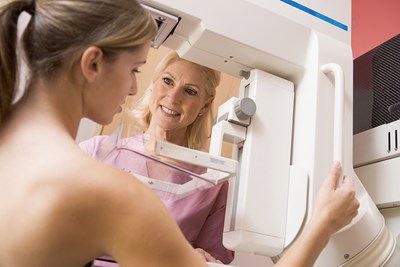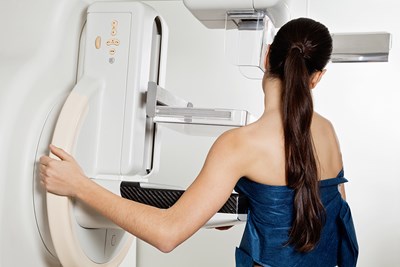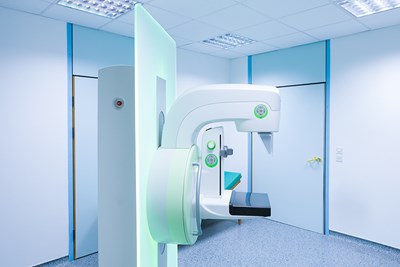Usually, mammograms are offered to women beginning at the age of 40 and continue annually. There are recommendations that vary depending on the organization. For example, the U.S. Preventive Services Task Force recommends that women begin screening at the age of 50 while the American Cancer Society and the National Comprehensive Cancer Network recommend that screening should begin at 45. Additionally, some organizations recommend screening annually while others recommend every two year. However, when you begin mammogram screening and how often you repeat it is partly a personal decision that is based on your own values and preferences.
Since there are both benefits and risks of mammograms, it is important to discuss your options with your doctor to determine what the best plan is for you. Deciding when to begin mammograms and how often to repeat them relies on figuring out how to balance the benefits of screening with the risks and limitations of the exam.
The Importance of Early Detection
The biggest benefit for mammography is that it can detect breast cancer before you ever even start to show symptoms. There are studies that show that mammogram screening for women in their 40s and 50s has decreased deaths related to breast cancer by up to 30%. This is because the earlier breast cancer can be detected, the more likely treatment will be successful.
However, despite the benefits, there are risks associated with mammogram screenings that you should be aware of. These include:
- Exposure to low-dose radiation: Though the benefit outweighs the risk for most women, mammograms do expose you to a low dose of radiation that could potentially be harmful.
- False-negatives and false-positives: There are many factors that could lead to false-negative and false-positive mammogram results, such as the experience and skill of the radiologist, as well as your age and breast density.
- Younger age may make it harder to interpret: Younger women’s breasts contain more glands and ligaments than older women’s, which makes it harder to detect signs of cancer. As you get older and your breast density lowers, detecting and interpreting changes on mammogram images becomes easier.
- Mammograms can’t detect all types of cancer: Mammograms miss on average about one in five cancers in women that could have been detected with a simply physical examination. This happens if a cancer is too small or in an awkward area, such as the armpit.
- Most abnormal findings are not cancer: About 10% of all mammograms lead to additional testing, such as ultrasounds and biopsies. However, most abnormal mammogram findings are not cancerous at all.
Guidelines for Low-Risk Individuals
Since experts as well as medical organizations don’t agree on when women should begin regular mammograms or how often you should continue mammogram screenings, you should talk with your doctor about weighing the risks and benefits to decide what schedule is best for you. If you are not at an increased risk for breast cancer, it is usually okay to wait until at least age 45 to begin mammograms and to continue the exam every one or two years.
Guidelines for High-Risk Individuals
If you are at a higher risk for breast cancer because of a family history, you may benefit from beginning mammogram screenings before age 40. Your doctor may also recommend MRI (magnetic resonance imaging) in combination with the mammogram screening.



